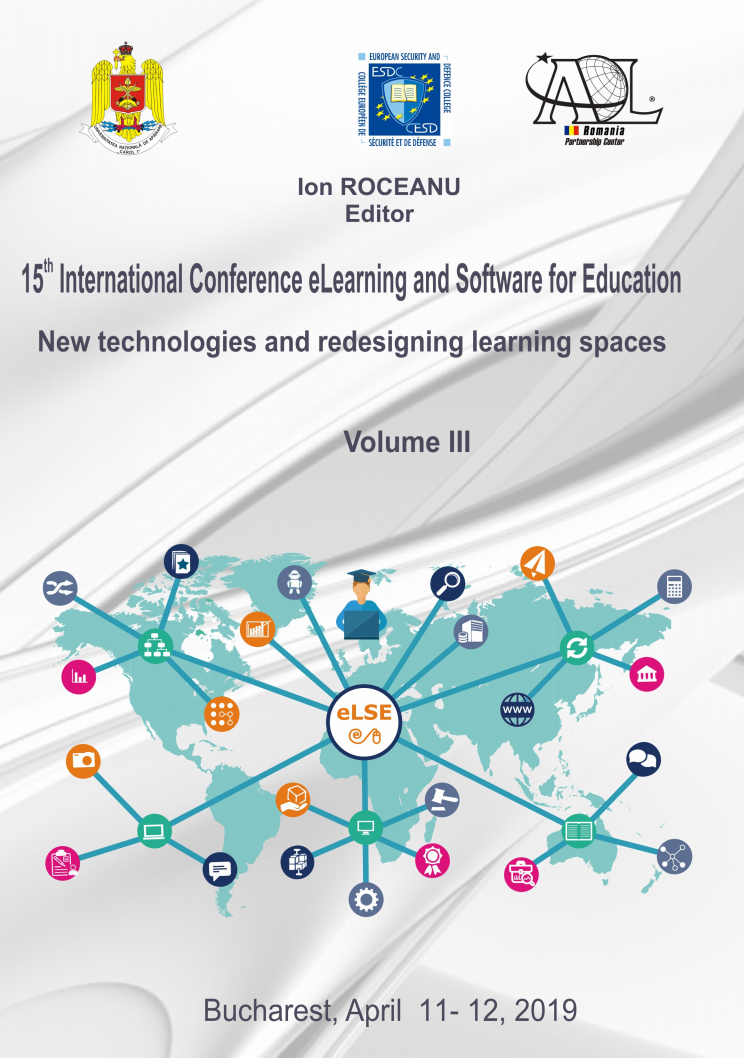User Verification Based on the Analysis of His Images in the Distance Learning System
User Verification Based on the Analysis of His Images in the Distance Learning System
Author(s): Daniil Loktev, Alexey LoktevSubject(s): Social Sciences, Education, Higher Education
Published by: Carol I National Defence University Publishing House
Keywords: Computer Vision; Distance Learning; User Verification; Viola-Jones; Image Analysis; Blur Analysis;
Summary/Abstract: In this paper an algorithm for user visual verification based on the analysis of images of his face is considered. Continuous verification of the presence of the user and his position in front of the workplace is necessary to control the user in the process of distance learning and assessing the independence of the student passing control works. A modified Viola-Jones algorithm for user face recognition taking into account the image blur analysis is proposed, that allows evaluating the spatial characteristics of the user and exclude the possible replacement of the real user with his photo. To determine the distance to the surface points of the object in the image in real time, the use the algorithm of dynamic camera focusing, which leads to a change in the blur of the image of the object without changing its location in front of the workplace with the camera, it is proposed. For the operation of the proposed algorithm in real-time the technology Ajax and the modified Marilena source based on the OpenCV computer vision library are used. The architecture of the developed system consisting of three modules – a verification module, a web application and a connecting front-end application – is presented. At the same time, user verification controls the entire system and manages it depending on the functions assigned to it. To implement a web application an ActiveX component that has a number of necessary interfaces with the containing web page is created. As one of the possible options, it is proposed to use Adobe Flex SDK, which is a modern programming model based on common language standards, which supports the most commonly used design templates.
Journal: Conference proceedings of »eLearning and Software for Education« (eLSE)
- Issue Year: 15/2019
- Issue No: 03
- Page Range: 40-47
- Page Count: 8
- Language: English

